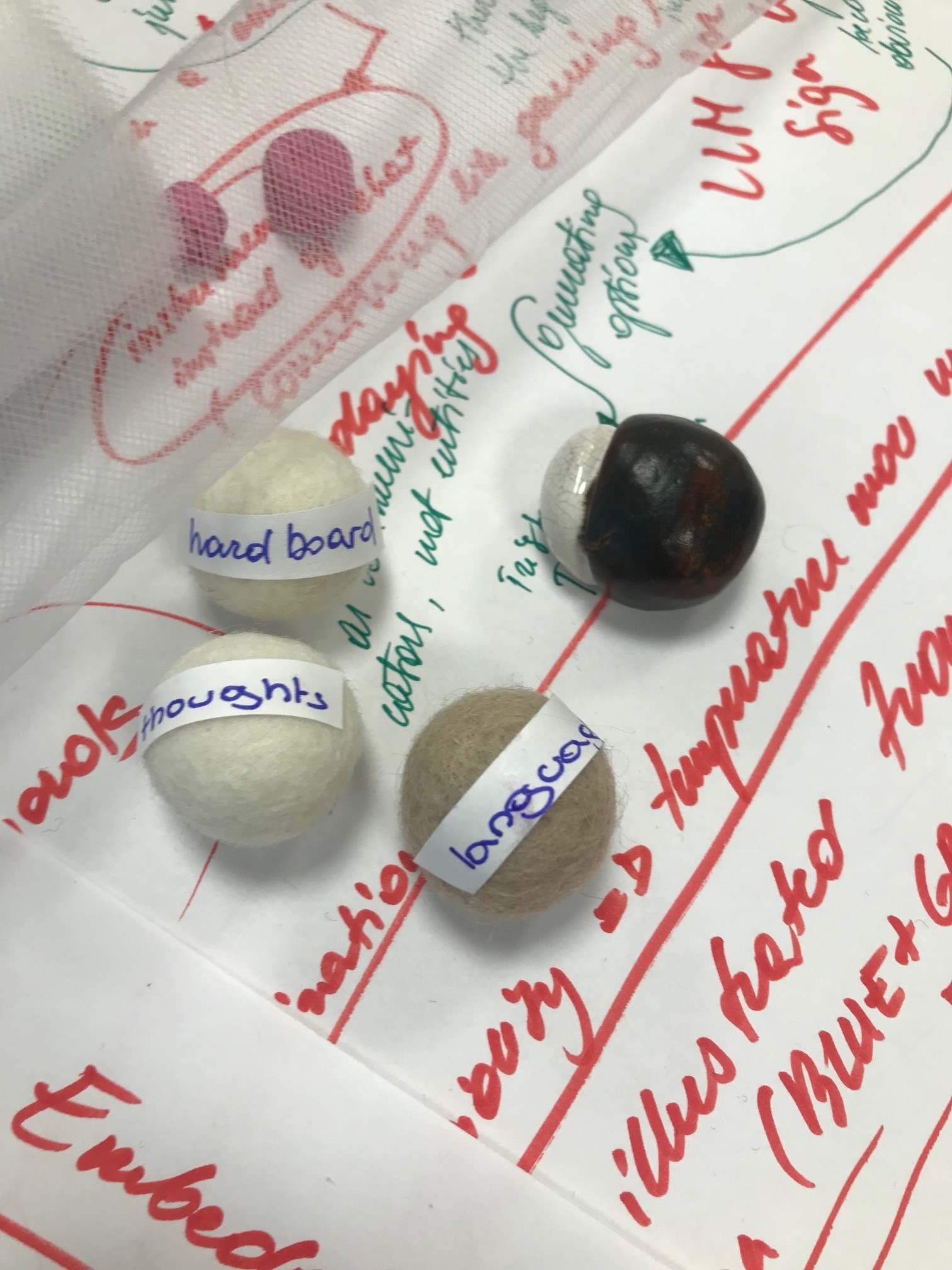Any first meetup can be a make-up of emotions and expectations from the parties involved. Especially when the purpose is for research. Conducting research with intended users of Information Technology has over the years moved away from filling in forms and usability feedback. Users are an inherently core asset to designing and developing Information Technology as are researchers and designers. The one who uses the technology must need it, approve of it and be a part of the creative process.
In this article, I describe in detail the preliminary meetup with 6 elderly women (65 years and above) who live alone. These women are the core of my research on designing smart home devices. This article highlights the events that happened and the purpose behind them.
Purpose of Meetup
This meetup was to establish rapport and build trust with my participants. Research advices positioning design and development activities as beneficiary to both participants and researchers. Participants can end up as “informants” with no new skills or knowledge gained. As a result, this first meetup was an avenue to establish rapport, teach, learn, and understand. Most importantly, present myself as the new person interested in their lives. One of the women hosted the meetup in her home. The session lasted for two hours. The materials and stationery needed were acquired beforehand. The next paragraphs describe the flow of the meetup.
Introduction and Purpose
Of course every meetup needs an introduction session. I did an introduction exercise with selected photos of women from the photographer Mihaela Noroc. The photos were laid out on a table and each participant had to take a photo, guess which part of the world the woman in the photo was from. They had to tell us what they knew about this country and then introduce themselves.
Afterwards, we talked about the purpose of the meetup. I talked on the need for gender and sex in research, especially in computing. On to the topic of smart homes, participants had to pick a printed out image of selected smart home devices and tell if they had an idea of the purpose of the device. While most women were not familiar with the term “smart home” they knew the concept and what the possibilities were. The discussions centred on how practical such devices were and would be in their lives and if they needed such things at their age.
Five Things-Five People
In the next activity, I term the “Five Things-Five People” activity, the elderly women were given sheets with grids (refer to Figure 1.). They had to fill in the blank spaces with 5 things they needed during their day and 5 people they often interacted with or are an important part of their life, in 10 minutes. Similar to ideation techniques such as the 6-8-5 and Method 635 , 5 Things 5 People engaged the women within 10 minutes to write down who and what artefact immediately comes to mind.

This activity was created to engage the women in searching into their lives and identify the significant artefacts and persons in their lives. After this activity, each woman read out what they had noted in the grids to the group and we talked about these “Things and People” and asked questions where relevant.
In a World where all is possible
The next activity was a speculative activity. The women had to imagine experiences beyond what was possible today. The women discussed the challenges they face with technology use and what they could do if they overcame the challenges.
In a nutsell
Though this first meeting was to gain trust, know the women and set the basis for future work. It brought out other insights valuable to my research. The insights were the role of finances, confidence and know-how in getting technology and the fear of trying new technology. Some women were open to trying new technology others felt it was not needed in their current age. All but two women had children. They placed higher value on the contact to other elderly women and neighbours. Most women’s children lived far away.
The meeting was insightful for me as well in understanding the roles German women born before or during WW2. I share my insights on the play of power as a black researcher working with white elderly women here.



Be the first to reply